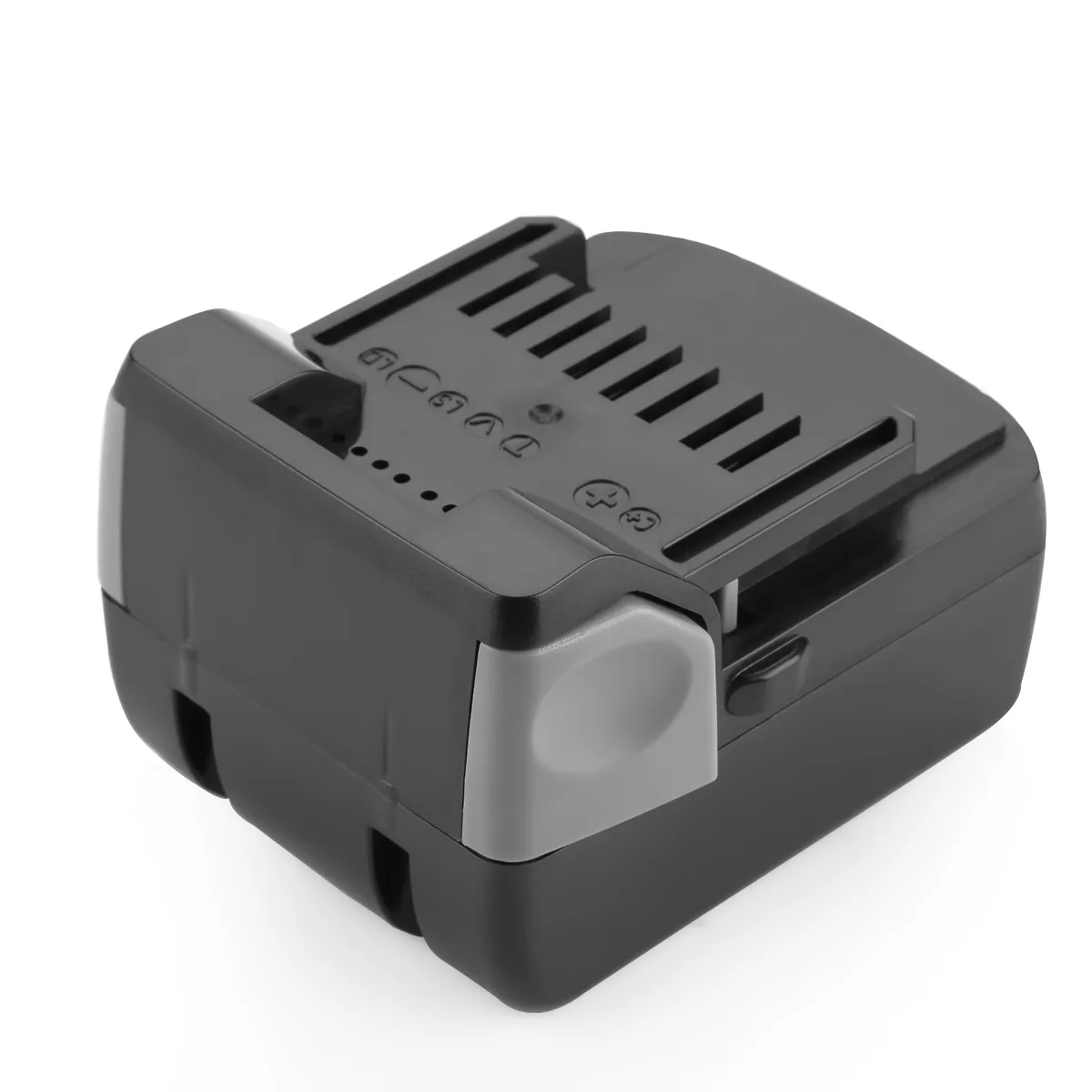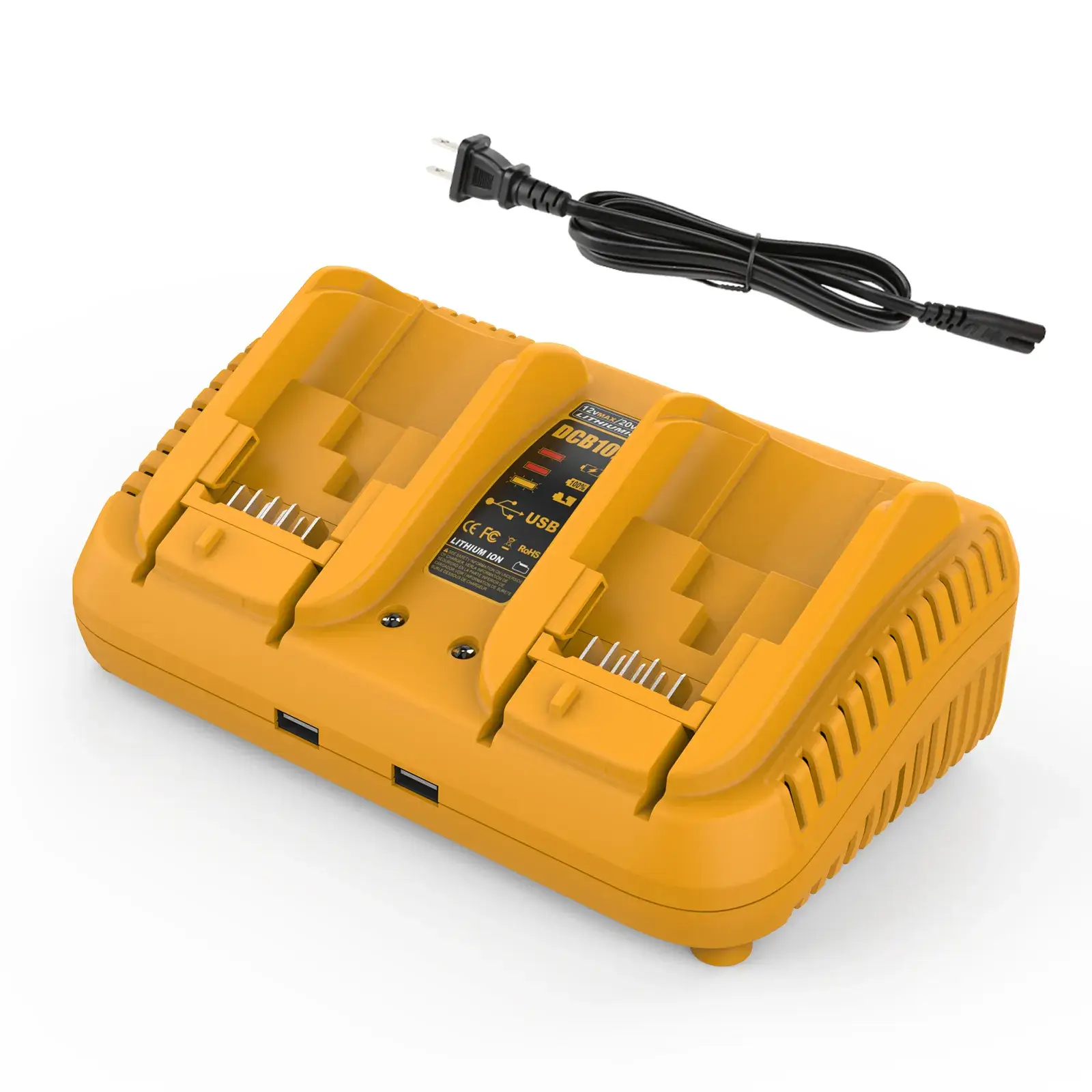What Should You Know About 18650 Battery Voltage?
In this blog, we explain why understanding 18650 lithium‑ion battery voltage is crucial for safety, performance, and longevity—helping you make informed design and maintenance decisions for your battery packs.

1. Key Voltage Specifications of an 18650 Cell
Define the nominal, full-charge, and cutoff voltages, and show the SoC-to-voltage relationship:
- Nominal Voltage: 3.6 V–3.7 V per cell
- Full‑Charge Voltage: 4.2 V
- Cut‑off Voltage: 2.5 V–3.0 V
- State-of-Charge Curve:
\~100% SoC @ 4.20 V
\~50% SoC @ 3.70 V
\~0% SoC @ \~3.00 V
> Why it matters: Accurate voltage readings (with a multimeter or BMS) help you estimate remaining capacity and avoid over‑discharge.

2. How Different 18650 Chemistries Influence Voltage Profiles
Compare voltage characteristics across common cell chemistries:
| Chemistry | Nominal V | Max V | Discharge Plateau | Typical Use Cases |
| LFP | 3.2 V | 3.6 V | Flat \~3.3–3.2 V | Solar storage, UPS |
| NMC/NCA | 3.6–3.7 V | 4.2 V | Moderate plateau | Power tools, EVs |
| IMR | 3.6–3.7 V | 4.2 V | Flatter plateau | High‑drain devices |
> Pick wisely: Choose a chemistry matching your BMS voltage settings and pack voltage requirements.
3. The 18650 Voltage‑to‑SoC Reference Table
Use this table to quickly estimate the state of charge from open-circuit voltage (measured after resting 10 minutes):
| SoC (%) | Voltage (V) |
| 100 | 4.20 |
| 80 | 4.00 |
| 50 | 3.70 |
| 20 | 3.50 |
| 0 | 3.00 |
> Quick tip: For accurate SoC, measure voltage with no load after letting the cell rest.
4. Safe Operating Voltage Range
Specify the voltage window to prevent damage:
- Safe Range: 2.5 V (min) to 4.2 V (max) per cell
> Why it matters: Staying within this range avoids copper dissolution and SEI layer damage (under‑voltage) or thermal runaway (over‑voltage).
5. Low‑Voltage Threshold and Risks
Explain the cutoff voltage’s protective role and BMS intervention:
- Cut-off Voltage: Typically set at 2.5 V–3.0 V
- Risk Below Cut-off: Copper dissolution and SEI degradation leading to irreversible capacity loss
- BMS Role: Automatically disconnects the cell before reaching dangerous voltages
6. Factors Affecting Voltage Readings
Identify variables that skew measured voltage and offer measurement best practices:
1. Temperature:
Cold (< 0 °C) increases internal resistance → lower voltage under load
Heat (> 45 °C) raises voltage slightly but accelerates aging
2. Load Current:
High discharge rates cause immediate voltage sag
3. Age/Cycling:
As internal resistance rises, loaded voltage drops more sharply
> Measurement tip: For best accuracy, measure voltage at rest (no load) after 10 minutes of idle time.

7. FAQ
Answer common concerns about voltage behavior:
Q1. How Does Temperature Affect 18650 Voltage?
Low temps increase resistance causing lower under‑load voltage; high temps register slightly higher voltages but speed capacity fade.
Q2. Can Over‑Discharging Harm 18650 Cells?
Yes—discharge below 2.5 V leads to copper plating and SEI damage. Rely on BMS to cut off at safe thresholds.
Q3. How Does Charge Rate Affect Voltage Readings?
Fast charging (high C-rate) can overshoot voltage, distorting SoC estimates; slower charging aligns closer to the rest-voltage curve.
Q4. What Is the Pack Voltage Range for a Series String?
Multiply single-cell limits by cell count (e.g., a 5S pack: 5×(2.5–4.2 V) = 12.5–21 V).
8. Key Takeaways & Next Steps
Recap the essentials and guide safe practices:
- Recap: Always maintain per‑cell voltage between 2.5 V and 4.2 V; use rest‑voltage measurements for accurate SoC.
- Next Steps:
- Review cell datasheets for detailed V‑SoC curves.
- Implement a BMS with balancing and cut‑off features.
3. Log voltage readings and temperature during design and maintenance to ensure pack health.
Applying these principles ensures your 18650 battery packs perform safely and last as long as possible.